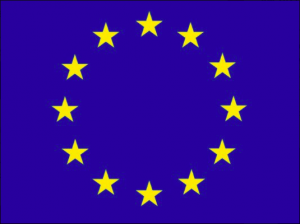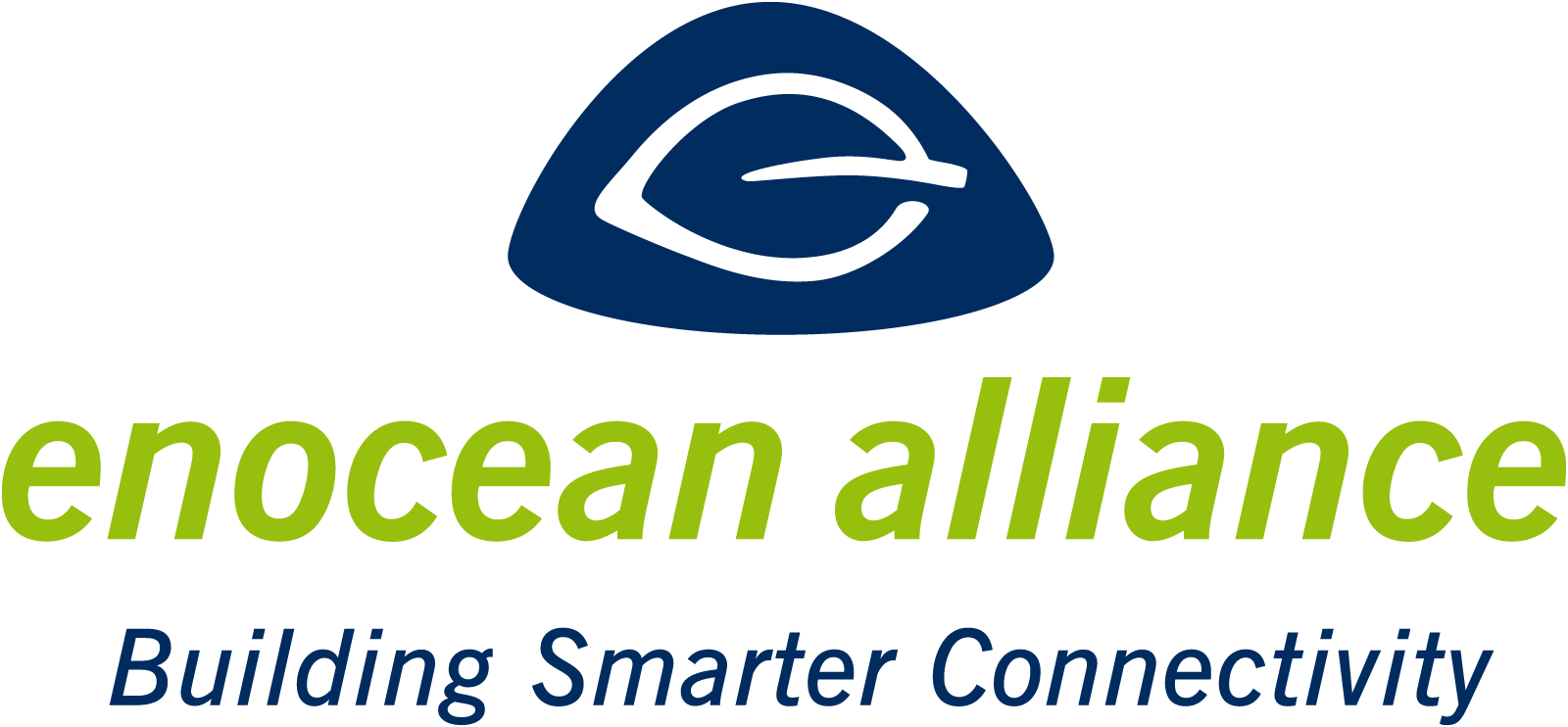The amended EU building directive underscores the importance of building automation
San Ramon (USA)/Munich (Germany), March 5th, 2019 – The EU is getting serious and applying the thumbscrews. Buildings are supposed to be CO2-neutral by 2050, and this will already lead to a number of stricter requirements in the coming years. The main focus lies on strengthening building automation. Maintenance-free wireless sensor solutions for smart buildings based on the international EnOcean wireless standard (ISO/IEC 14543-3-10) will help meet these requirements.

EPBD
The EPBD (Energy Performance of Buildings Directive) establishes requirements for buildings, which are to be implemented by EU member states under their national laws. In Germany, for example, this is the most recent EnEV (Energy Conservation Regulation) and the GEG (Building Energy Act) currently in preparation. The latest EPBD amendment took effect on May 30, 2018. It requires the CO2-neutral operation of buildings by 2050, with interim goals set for 2030 and 2040. For example, greenhouse gas emissions are supposed to be cut by 40% over 1990 level as early as 2030.
This strict requirement is based on the view expressed in the EPBD that existing buildings in the EU are responsible for 36% of all CO2 emissions. Buildings thus play a key role in reaching the EU climate targets. The EPBD therefore requires the EU member states to establish guidelines, come up with measurable actions and provide subsidies. It also emphasizes that these measures apply to existing rental homes as well. The necessary legal and administrative regulations must be put into force by March 10, 2020.
Building automation is gaining ground
While the building shell and optimizing the building physics (insulation, heat bridges, etc.) tended to take center stage in recent years, the EPBD now explicitly focuses on technical installations and their regulation and control. It increases the importance of building automation and simultaneously imposes strict requirements. Maintenance-free wireless sensor solutions for smart buildings based on the international EnOcean wireless standard (ISO/IEC 14543-3-10) will make a crucial contribution toward meeting these requirements.
“Installing self-regulating devices”: Control circuits require sensors. They have to be installed in the best places for recording the desired data. Radio-based and maintenance-free sensors can be used here systematically, flexibly and cost-neutrally over the long term.
“Logging the actual energy performance” of heating and air-conditioning systems: This can be done only with intensive monitoring. A closely meshed network of wired sensors would mean a great deal of effort for laying cables and for the physical and electrical mounting of the sensors. Radio-based sensors can be planned and installed much more easily.
“Smartness indicator”: Buildings need to become smart(er). The trend is toward recording far more measured values than before. To do this, sensor data supplies relevant information for IoT systems in real time. Even with the classic installation of pushbuttons, temperature sensors and motion detectors, chair sensors are already providing information on occupancy. Toilet stalls can be maintained and cleaned according to use, based on sensor data. Clear requirements on the type and position of these sensors do not yet exist. Flexibility and the ability to change locations are thus key criteria on the way to sustainably smart buildings.
Smart solutions for smart homes and intelligent buildings
“We are following EU energy policies very closely and welcome ways to strengthen building automation,” remarks Graham Martin, Chairman and CEO of the EnOcean Alliance. “This confirms that the approach we have been taking since 2008 is the right one. Our members offer an entire ecosystem of self-powered wireless sensor solutions. They know what the EPBD requirements mean with regard to building automation and completely energy-efficient operation and how to implement future-oriented system solutions based on the EnOcean wireless standard. The EnOcean Alliance is ready for EPBD.”
The EnOcean Alliance is a global network of more than 400 companies in the building sector. It develops innovative, maintenance-free wireless solutions for sustainable building automation based on the EnOcean wireless standard (ISO/IEC 14543-3-10). More than one million buildings all over the world now have wireless networks of this type, making EnOcean the international reference technology when it comes to wireless standards for building automation.
The EnOcean ecosystem of self-powered wireless sensor solutions currently consists of 5,000 product variants that build on 1,500 basic products, with new ones being added all the time. Thanks to their standardized sensor profiles, the products can be combined with each other. These interoperable system solutions lower installation and maintenance costs and provide significant benefits when it comes to energy efficiency, security and comfort. The data obtained with the aid of self-powered wireless sensors can also be integrated into IoT solutions for the cloud, smartphones and tablets.
Über die EnOcean Alliance
Weltweit führende Unternehmen aus der Gebäudebranche haben sich zur EnOcean Alliance zusammengeschlossen, um innovative Automatisierungslösungen für nachhaltige Gebäudeprojekte zu etablieren und so Gebäude energieeffizienter, flexibler und kostengünstiger zu machen. Die Kerntechnologie der Alliance ist die batterielose Funktechnologie für flexibel positionierbare, wartungsfreie Sensorlösungen. Die EnOcean Alliance hat sich zum Ziel gesetzt, diese Technologie zu internationalisieren und die Interoperabilität der Produkte verschiedener OEM-Partner zu sichern. Basis dafür ist der internationale Standard ISO/IEC 14543-3-10, der für Funklösungen mit besonders niedrigem Energieverbrauch und Energy Harvesting optimiert ist. Derzeit gehören über 400 Unternehmen der EnOcean Alliance an. Der Hauptsitz der Non-Profit-Organisation befindet sich in San Ramon, Kalifornien.
Pressekontakt
Evelyn Gilde-Back
EnOcean Alliance
M +49 (0)176 636 13 964



 English
English  Deutsch
Deutsch  Français
Français  Italiano
Italiano  日本語
日本語 
